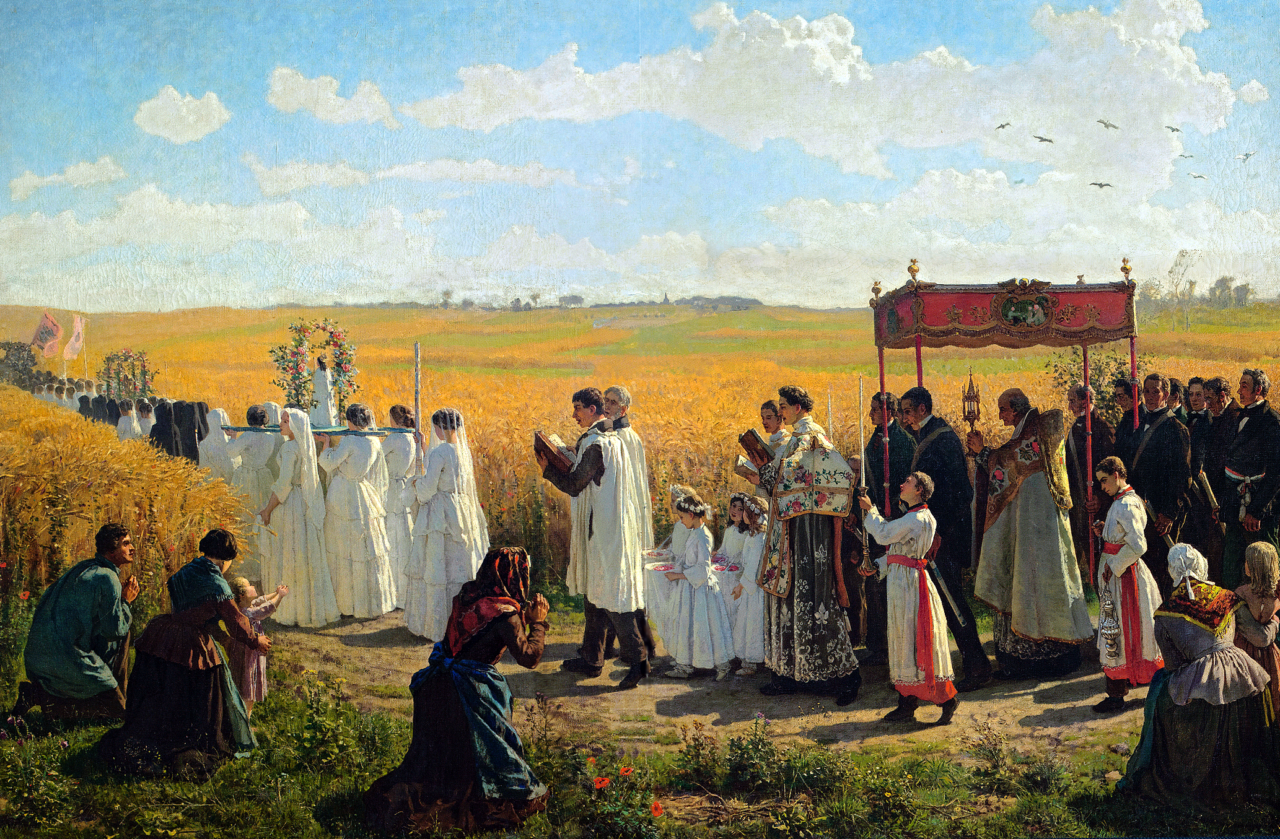The ember days – Wednesday, Friday, and Saturday – were prescribed for the Church by Pope Gregory VII as days of prayer and fasting for the gifts of nature, to teach men to make use of them in moderation, and to assist the needy. (See “The Catholic Encyclopedia“)
Ember Days occur four times a year, corresponding to the four seasons. The winter Ember Days occur on the Wednesday, Friday, and Saturday following the Feast of St. Lucy on December 13. The Spring Ember Days follow Ash Wednesday. The Fall Ember Days follow the Feast of the Exultation of the Holy Cross on September 14. The Summer Ember Days follow Pentecost.
These dates are given in the following Latin mnemonic:
Dant Crux, Lucia, Cineres, Charismata Dia
Ut sit in angariâ quarta sequens feria
Or in an old English rhyme
“Fasting days and Emberings be
Lent, Whitsun, Holyrood, and Lucie.”
Jacobus de Voragine tells us that we fast on Ember Days in part to atone for faults that correspond to the character of the seasons:
“Spring is warm and humid, summer hot and dry, autumn cool and dry, winter cold and wet. Therefore we fast in the spring to control the harmful fluid of voluptuousness in us; in summer, to allay the noxious heat of avarice; in autumn, to temper the aridity of pride; in winter, to overcome the coldness of malice and lack of faith.” Jacobus de Voragine, The Golden Legend.
The Code of Canon Law of 1983 no longer requires the observance of the Ember Days fast, and the reform of the Roman Calendar in 1969 left them to the discretion of local ordinaries. Nevertheless, personal observance of Ember Days in Catholic homes, especially in an agricultural state like Iowa, helps to connect us with the rich liturgical tradition of the Church.

Leave a Reply